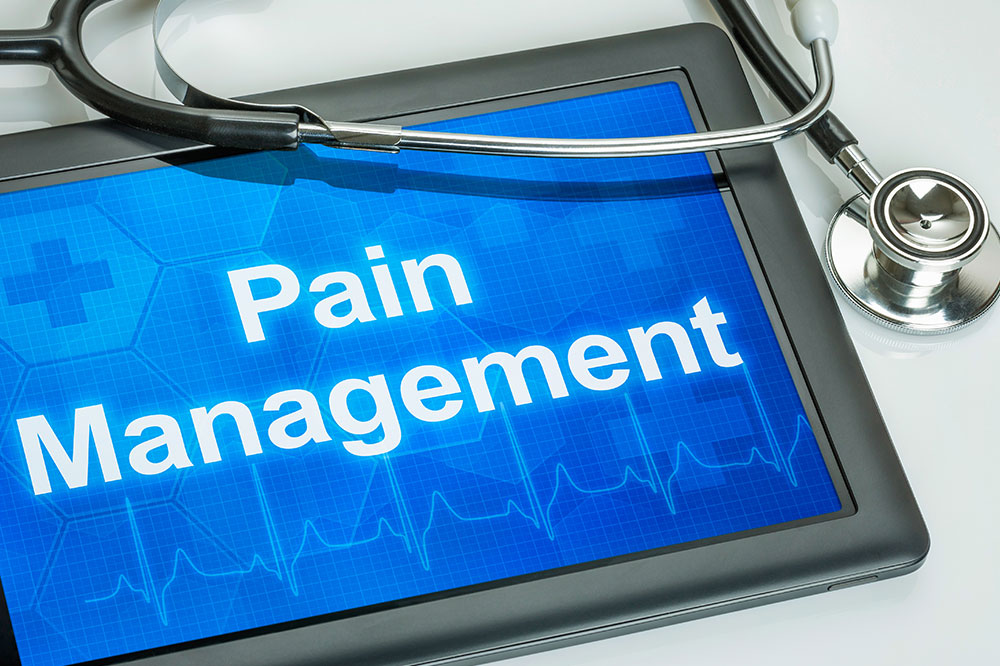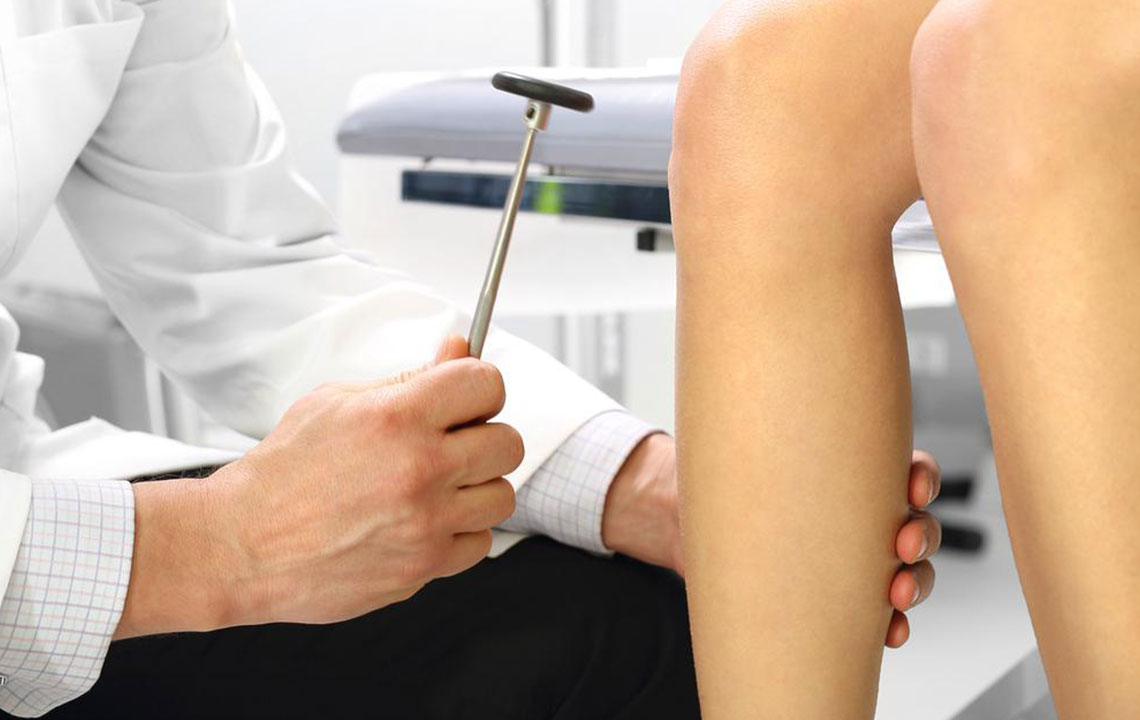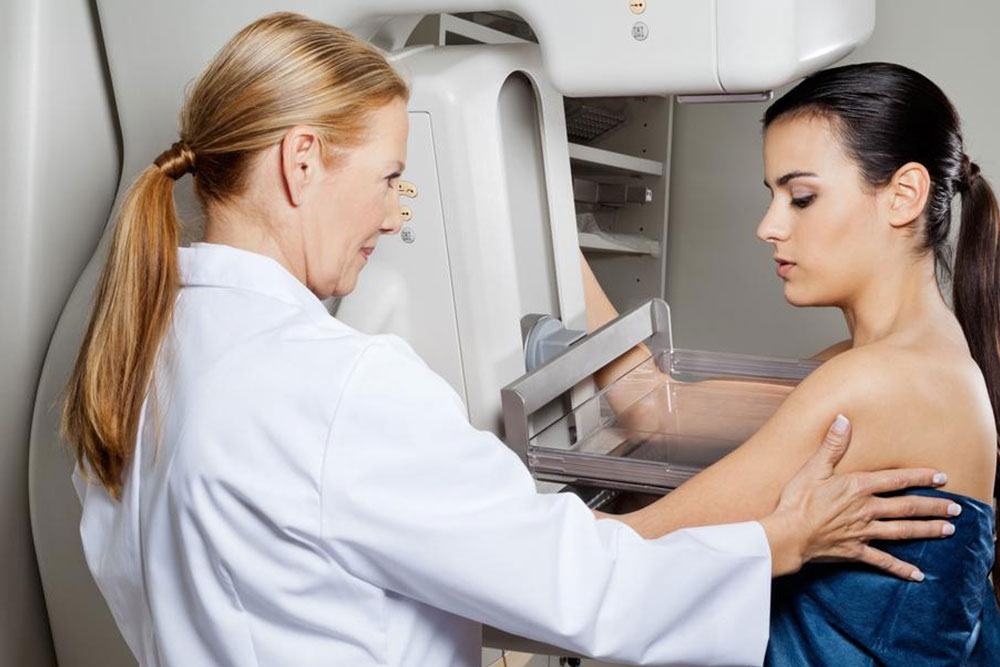Top 6 Non-Invasive Strategies for Pain Relief
Discover six non-invasive pain management techniques including physical therapy, biofeedback, yoga, exercise, heat and cold therapy, and dietary modifications. These methods can help reduce pain and improve quality of life for those suffering from chronic pain conditions, offering safe alternatives to invasive procedures. Consult healthcare professionals for personalized advice and treatment plans to effectively manage pain without surgery.

Top 6 Non-Invasive Strategies for Pain Relief
Pain signals an issue within the body, alerting the brain to injury or illness. Acute pain from sprains or fractures typically subsides as healing occurs. However, chronic pain persists for months or years, significantly impacting quality of life. It may stem from ongoing health conditions. Here are six effective non-invasive pain relief methods to help reduce discomfort:
Physical and Occupational Therapy:
Engaging in physical and occupational therapy is highly recommended for pain management. Physical therapy involves exercises that enhance mobility and strengthen muscles and joints. Occupational therapy teaches techniques to perform daily tasks without worsening pain, improving independence and comfort.
Biofeedback: Using biofeedback devices, individuals learn to control physiological functions like heart rate and blood pressure through visual cues, aiding in managing chronic pain by modifying bodily responses.
Tai Chi and Yoga: These practices incorporate meditation, breathing control, and gentle movements to stretch and strengthen muscles. They are highly effective for conditions like arthritis, headaches, and lingering injuries.
Physical Exercise: Consistent gentle aerobic activities such as walking, cycling, or swimming can break the pain cycle. Light exercise supports mobility and decreases pain severity, especially in chronic conditions like fibromyalgia or arthritis.
Heat and Cold Therapy: Applying heat or cold packs offers quick relief for injury-related pain. DIY hot and cold packs are useful, while professionals may use advanced devices to reach deeper tissues for more effective results.
Dietary Adjustments: Inflammation from certain foods aggravates pain, especially in muscles and joints. Consulting a dietitian to modify diet by including anti-inflammatory foods and avoiding triggers can lessen symptoms when combined with other treatments.










